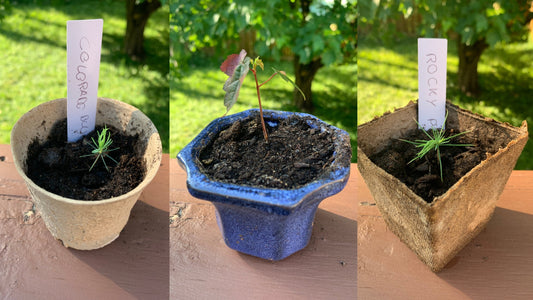What is bonsai?
Bonsai are miniature trees grown in shallow pots. The word "bonsai" comes from the Japanese盆栽, "bon" meaning "pot" and "sai" meaning "plant", "shrub" or "tree". This form of Japanese horticultural art involves growing trees in miniature, replicating the shapes and proportions of natural trees, but on a much smaller scale. Bonsai trees are valued for their aesthetic beauty and symbolism, representing harmony between man, nature and spirit.
Did you know that bonsai has its origins in China?
Bonsai have Chinese origins, dating back over 2000 years. They were introduced to Japan around 800 years ago, where they were developed and perfected as a distinctive art. Today, Japan is widely recognized as the birthplace of bonsai as a cultivated art and practice, although China also has a rich bonsai tradition.
What is the deep meaning behind each bonsai?
Bonsai are often associated with Zen principles and Japanese philosophy, including the idea of wabi-sabi, which celebrates the beauty of imperfection and ephemerality. Growing a bonsai requires patience, attention and long-term commitment, as these trees require specific care in terms of watering, pruning and fertilizing to stay healthy and develop their characteristic shape.
What are the different tree species used for bonsai?
Bonsai trees can be created from different tree species, each with their own characteristics and care requirements. The most common species include pine, juniper, ficus and maple. Each bonsai species has its own requirements for light, watering and pruning, making it a fascinating and rewarding art for gardening enthusiasts.
How to start your own bonsai adventure?
If you are interested in growing bonsai, our Bonsai Box is a great place to start. It includes seeds from four beginner-friendly bonsai species, plus everything you need to start your adventure into the exciting world of bonsai.




